What does it take to prepare food for thousands of people every day? Is it state-of-the-art machinery? A lot of manpower? An endless supply of groceries or is it just pure hard work and dedication? Well, the answer is, all that and more. Here’s a sneak peak and some facts about some Indian mega kitchens that will give you some perspective he next time you struggle to cook instant noodles for 5 of your friends.
1. The Sri Sai Sansthan Prasadalaya in Shirdi, Maharashtra, is unique as it is one of the largest solar kitchens in India. Across 4 rooftops of the mega kitchen are arranged 73 solar dishes, each one 16 sq. metres in size, which fuel preparation of nearly 40,000 meals in a single day. Besides fresh meals, the kitchen also prepares thousands of ‘breakfast packets’ that are distributed free of charge in the early morning hours.
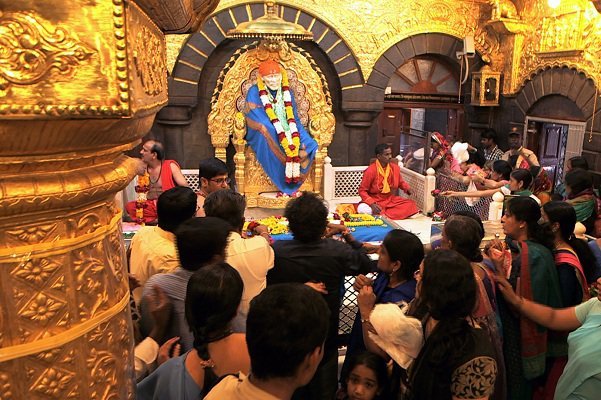
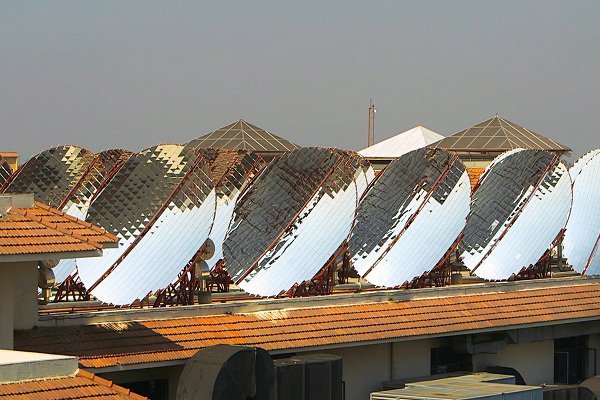
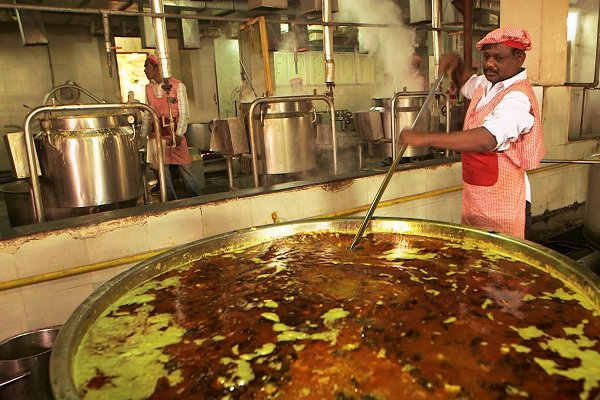
2. The Indian Railways caters to nearly 6 lakh people every day through their on-board pantry cars, base kitchens and vendors. A kitchen that stands out from the others is the Mumbai Central Base Kitchen of the Western Railway, which has won an award for excellence. It provides timely meals to approximately 2200 passengers daily. In the clean kitchen, everybody dons plastic hand gloves and caps and most of the tedious jobs are mechanized. There are machines that churn out 1,500 parathas every hour.
3. TajSATS Air Catering Ltd. is mega-kitchen in the sky. A joint venture of the Taj Hotels Resorts and Palaces and SATS (formerly known as Singapore Airport Terminal Services). The company provides in-flight catering at Mumbai, Delhi, Chennai, Kolkata, Amritsar, Goa and Bangalore. These guys have prepared more than 1,00,00,000 kgs of hot food till 2011. They also have special meals for Jains, diabetics, infants and children. The TajSats Madras Flight Kitchen has the honour of being ranked 1st in India and 4th in World.
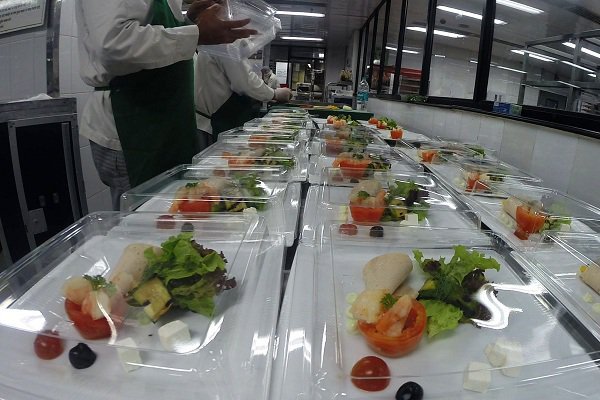
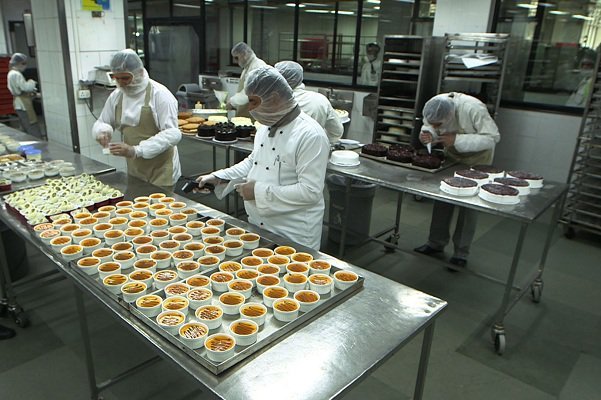
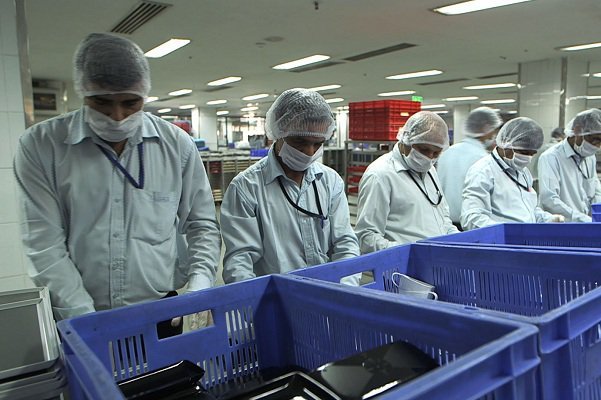
4. The Golden Temple in Amritsar, Punjab, churns out 2,00,000 rotis (Indian flat bread), 1.5 tonnes of dal (lentil soup) and other dishes to 100,000 people every day. The free kitchen uses 100 LPG cylinders and 5,000 kilograms of firewood on a daily basis. At the Langar, no one goes hungry. Everybody gets a hot meal regardless of caste, creed and religion.
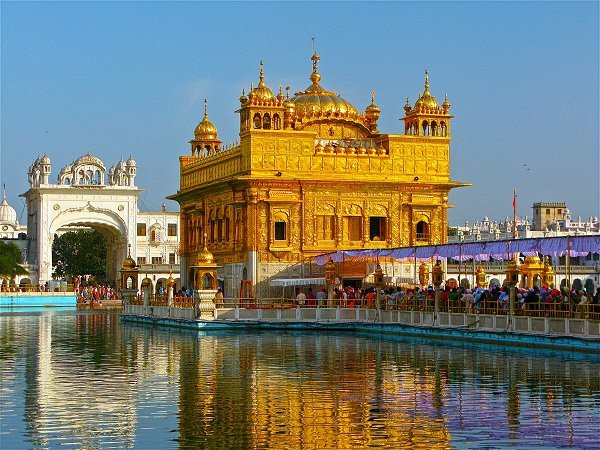
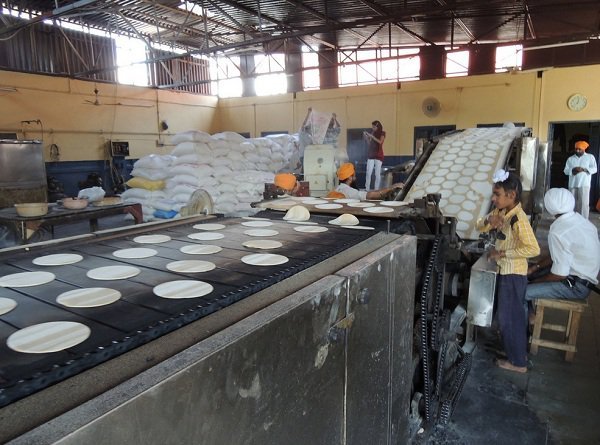
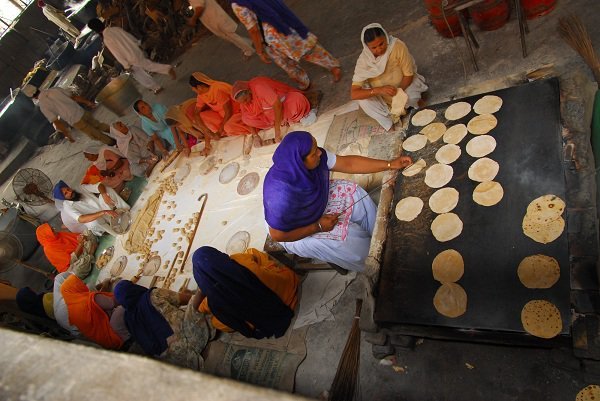
5. The ISCKON Foundation’s Akshaya Patra is a non-profit organization. It also happens to run the world’s largest school lunch programme. It’s Mega-Kitchen in Hubli, Karnataka, is a state-of-the-art facility designed to churn out 150,000 meals in less than 5 hours. The whole system is fully mechanized and supervised by Quality Control Managers.
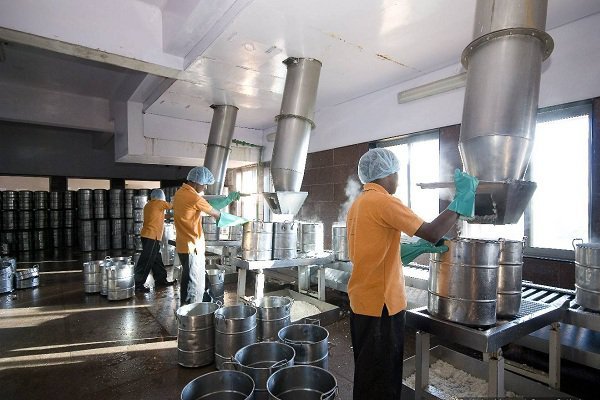
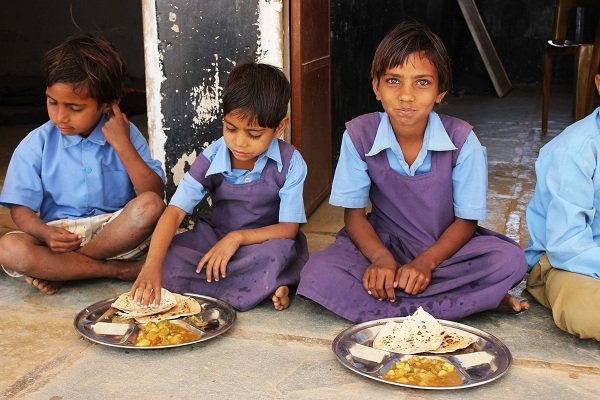
6. The Dharmathala Manjunath Temple in Karnataka’s Udupi town is one of the most visited temples in southern India, dedicated to Lord Shiva. It is managed entirely by a single family, the Heggades, who have done this duty for 21 generations. Today, its Annadanam kitchen is run by one of the Heggade brothers and on festival days, prepares nearly 70 quintals of rice, 15 quintals of vegetables and 2000 coconuts! The dining hall seats 2500 at a given time, with a steady system of rotational seating so that no one is left waiting in line for too long.
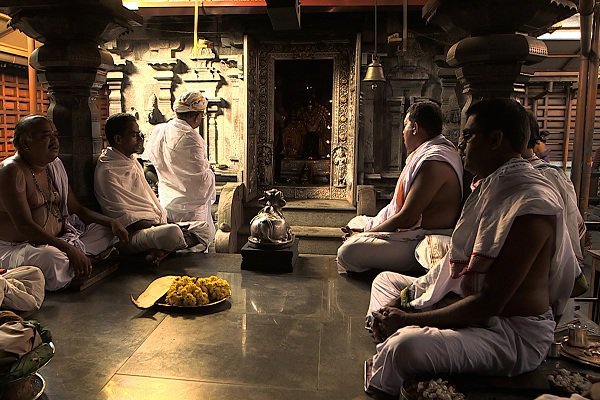
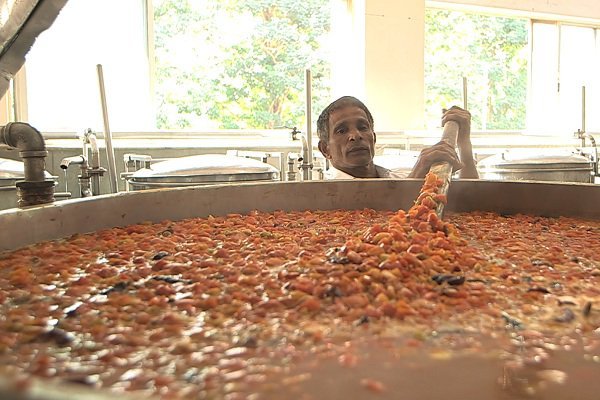
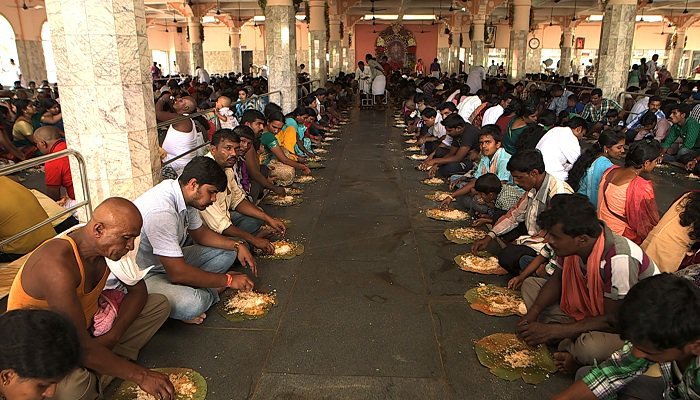
7. The Jagannath Temple at Puri, Odisha feeds 100,000 people on a festival day and for about 25,000 on a normal day. It is believed that Goddess Mahalaxmi cooks in the Kitchen Herself; and all the cooks are her servants. It is also said that if Mother Laxmi is displeased with the preparations by the cooks, a dog will appear mysteriously on the temple grounds. If the dog is seen, all the food must be buried and prepared again.
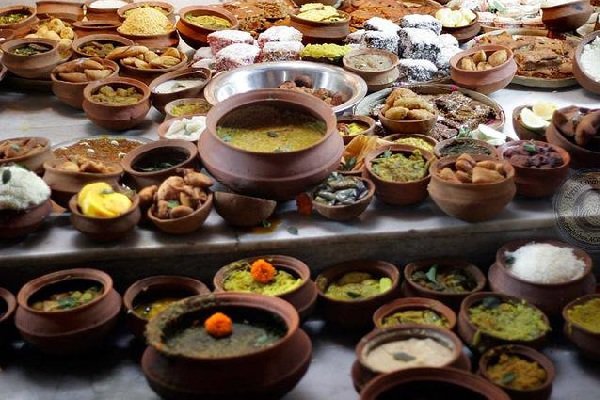
Peep into what goes on inside some of the largest kitchens of India, in National Geographic Channel’s brand new series: India’s Mega Kitchens, Monday to Thursday, at 10 p.m. !
Sponsored by Nat Geo

















